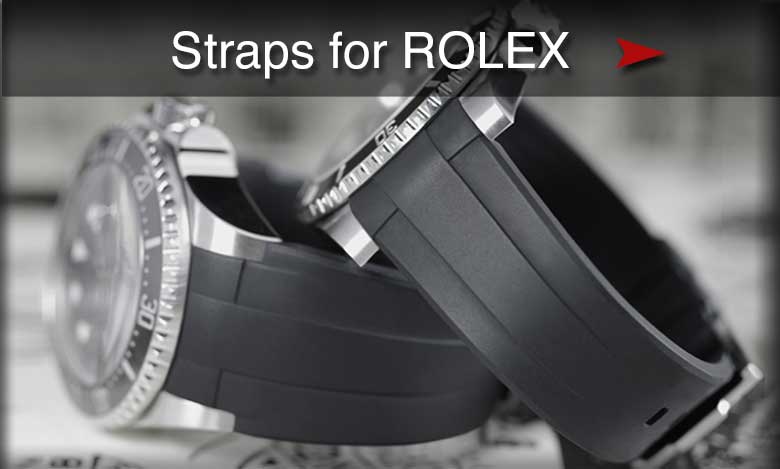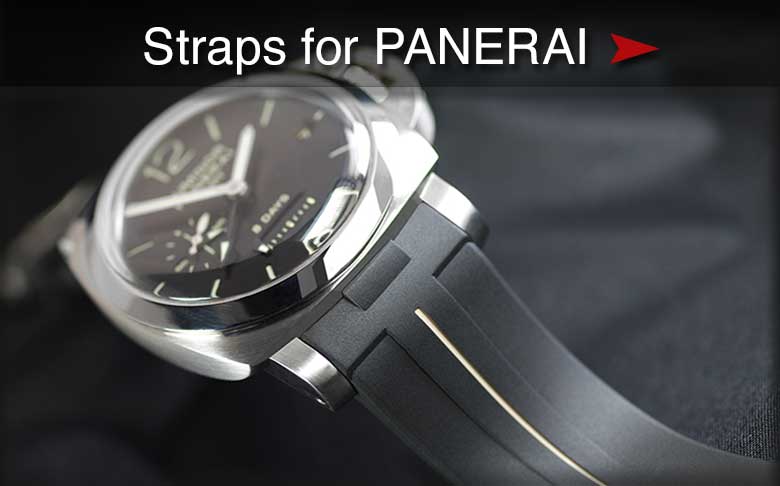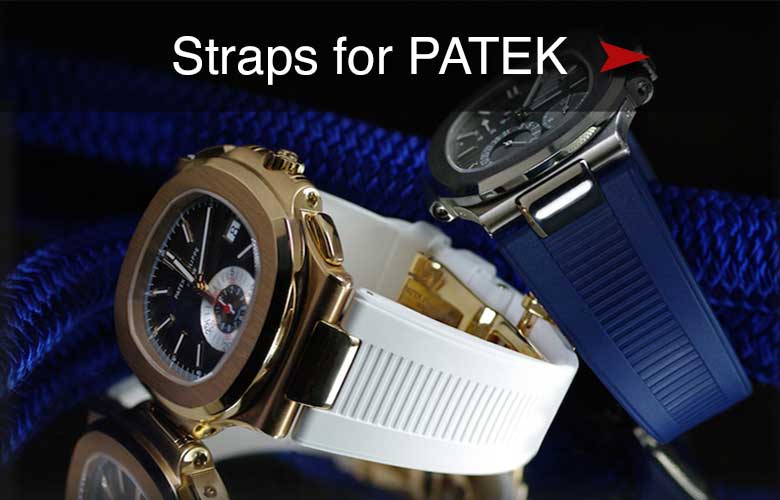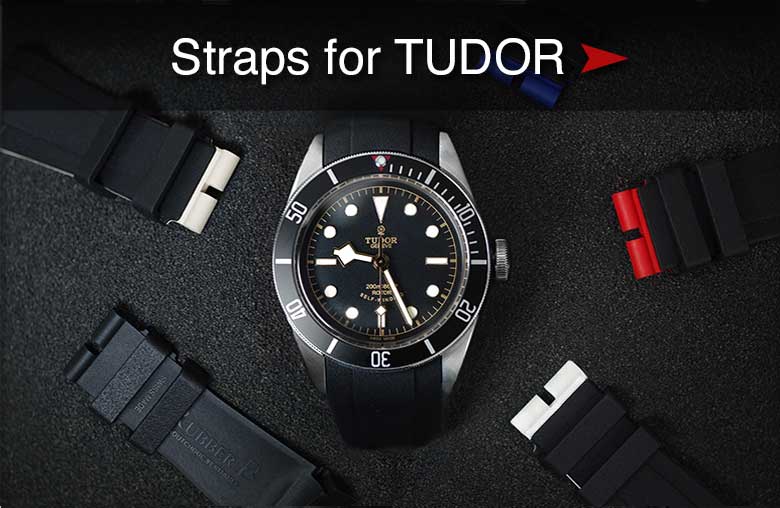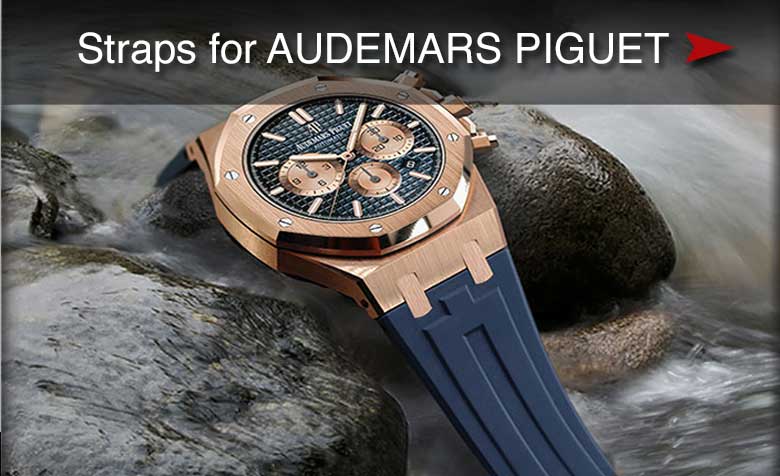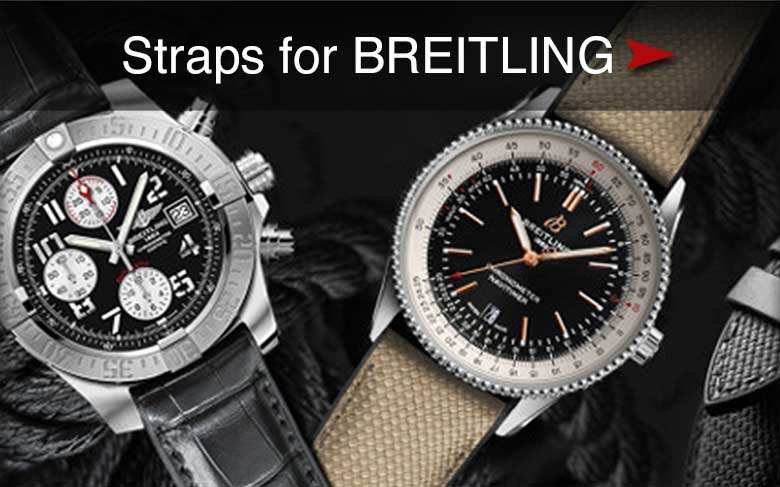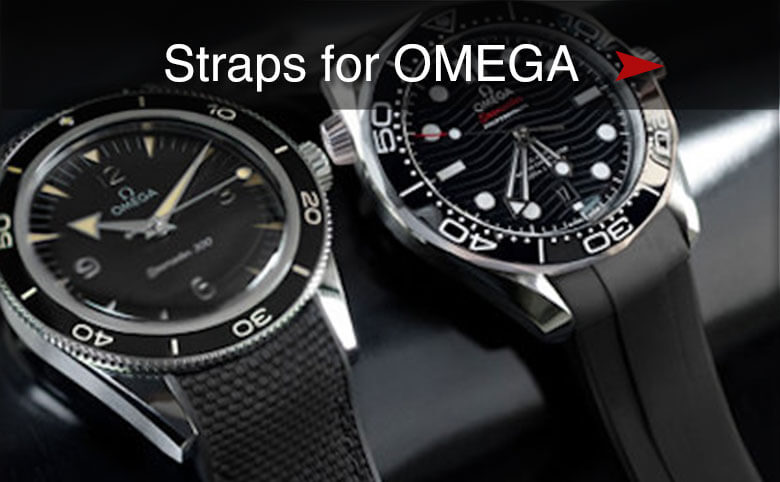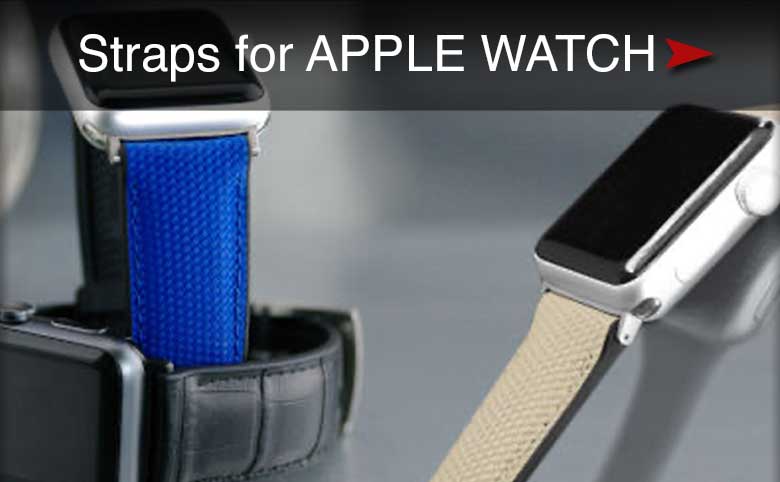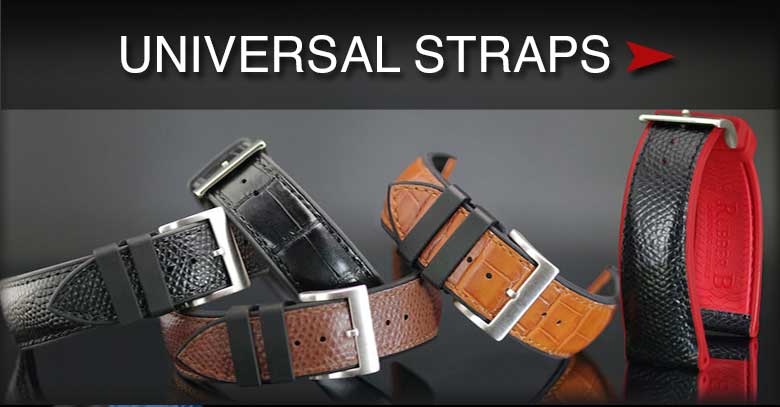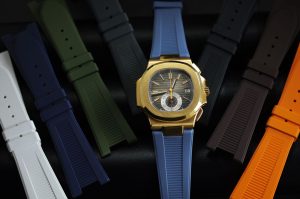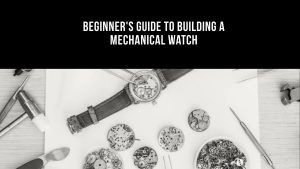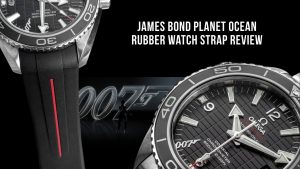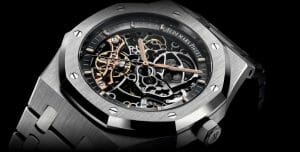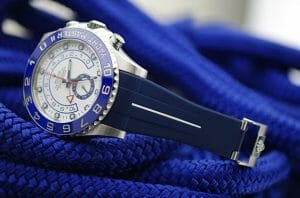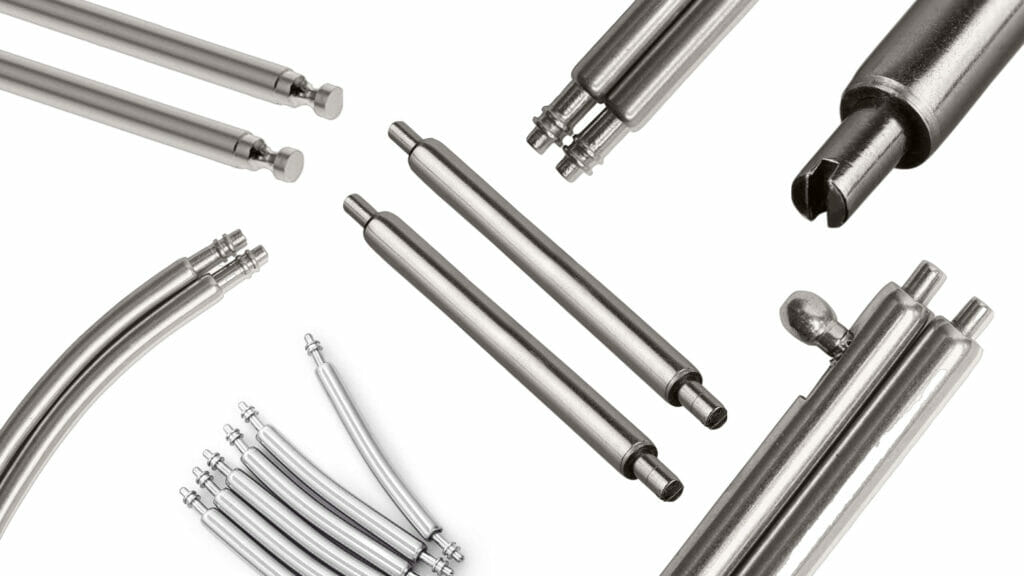
As a leading innovator in the field of custom rubber watch strap production, the team at Rubber B is always looking for ways to further educate the general public on the world of horology. This education can take a variety of forms – sometimes we will focus on a specific watch, other times on notable moments in watchmaking history, and occasionally, on the more technical aspects of watchmaking and, specifically, how watches work and what they are comprised of.
This blog post is one of a more technical nature, as we will be focusing on taking a closer look at spring bars – specifically, what they are, and why they are important to your timepiece (and therefore worth maintaining.) We will also take a closer look at different types of watch straps and explain how they manage to integrate support for the spring bars into their design.
What Is a Spring Bar?
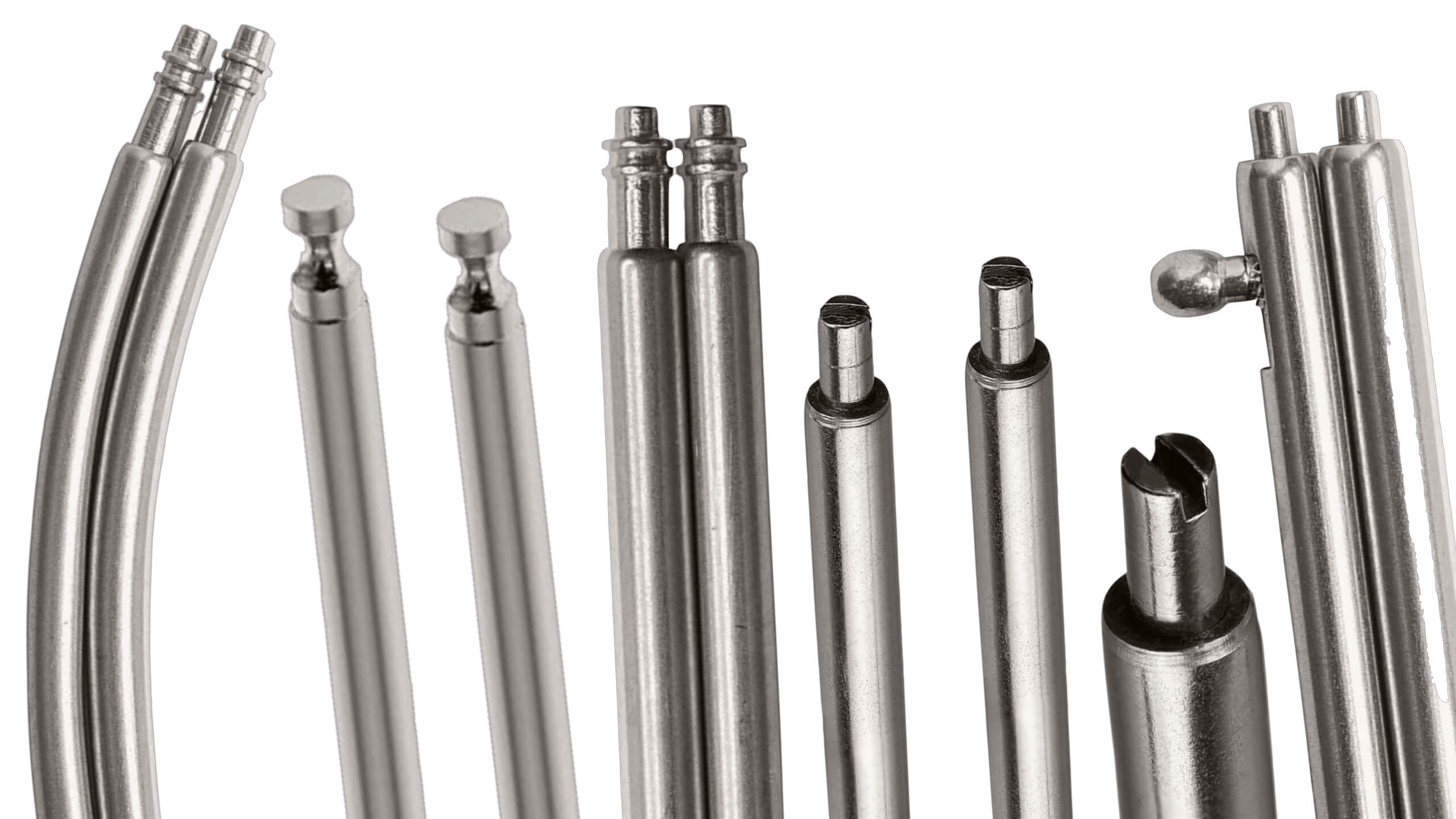
Simply put, spring bars are small pieces of metal that are used to hold watch straps in place. Normally, there are two of them, but occasionally, a strap may have four or even six spring bars on it. As its name implies, the spring bar has a very small spring inside of it, and when the strap is placed into the correct position and the tension is released, the spring will release and assist in holding the bracelet in place.
Why Is It Important to Maintain Your Watch’s Spring Bars?
The spring bar, though it may be small, is actually one of the most important components in the construction of a watch. The reason for this is very simple – the spring bar is what keeps your watch bracelet or strap attached to your watch. Without it, the watch would fall completely off of your wrist, and you would be in danger of significantly damaging the timepiece or losing it forever.
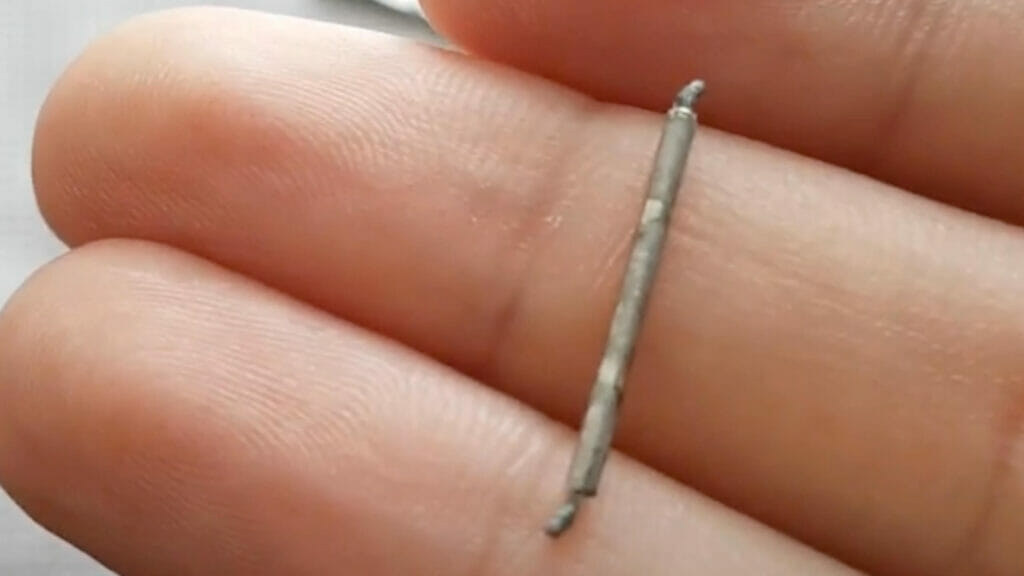
This is why it is important to make sure that you regularly have your spring bars checked to make sure that they are still secure and in good working order. If they need to be replaced, most jewelers can replace them for you, and if you are mechanically inclined, you can also attempt to do it yourself at home, although you will need to purchase a specialized tool to do so.
What Are The Difference Between Nato Straps and Rubber Straps?
In terms of watch straps, there is a significant difference in terms of the way spring bars have been integrated into their design. Nato straps do not have block integration built into them, which means there is much more stress placed on the watchband, and the spring bar will suffer from more wear and tear over time.
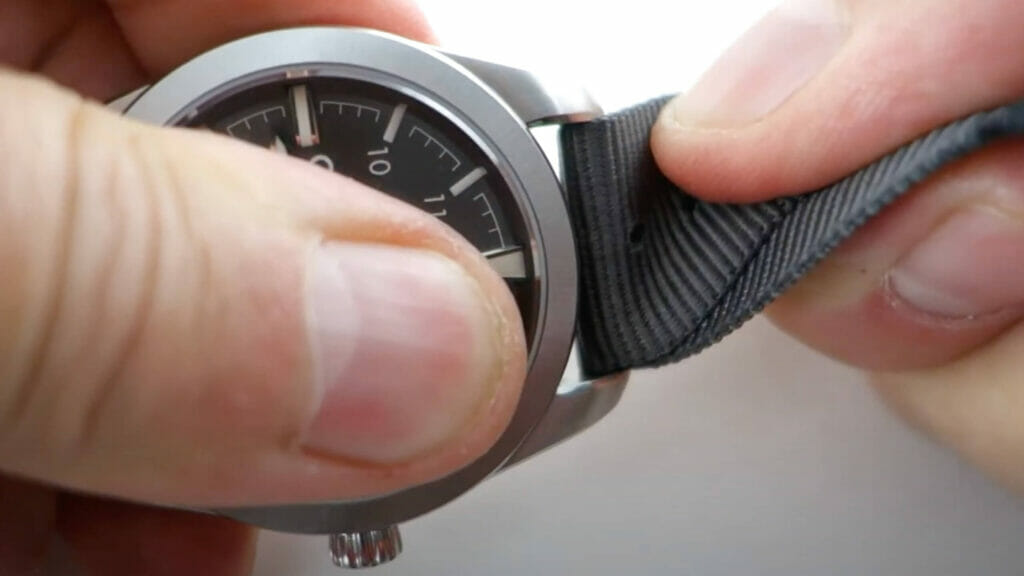
Rubber watch straps, such as the ones made by Rubber B, do have block integration built-in as a part of their design and construction. This allows for much greater support for the spring bar, and means that the spring bars will last longer, leading to less maintenance and lower maintenance costs for the user.
In short, if you are thinking about the long-term care of your watch, and the best way to make sure it lasts for generations to come, then thinking about spring bars is an essential part of the upkeep of your timepiece. As such, purchasing a rubber watch band is a far better choice for the overall care and preservation of your watch. And after all, what is the point of having a luxury timepiece if it cannot be passed on to future generations?
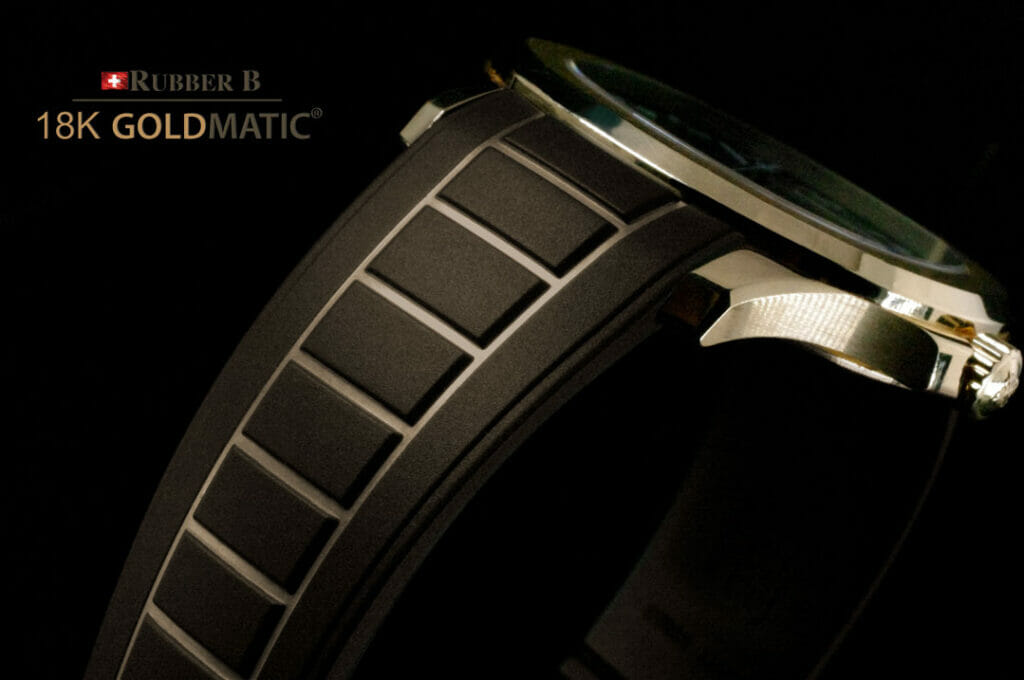
In Need of a Custom Rubber Watch Strap For Your Luxury Timepiece? Visit Rubber B Today
If you are looking for a custom rubber watch band for your luxury timepiece, head over to our website to learn more about our complete product catalog. We produce watch straps for a variety of timepieces from internationally known manufacturers, such as Rolex, Panerai, and Tudor. For more information, simply visit our website today.
Follow us on instagram
